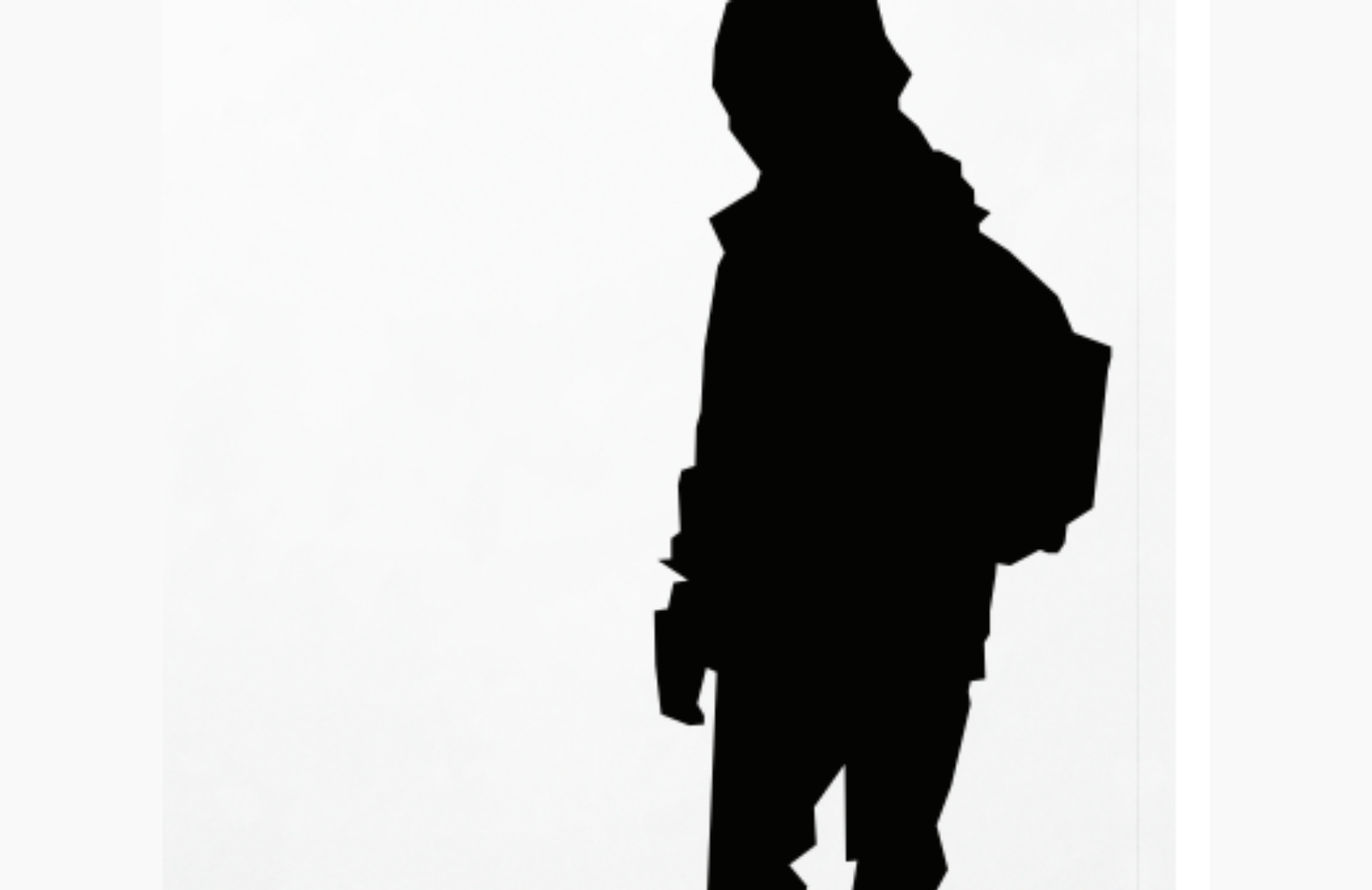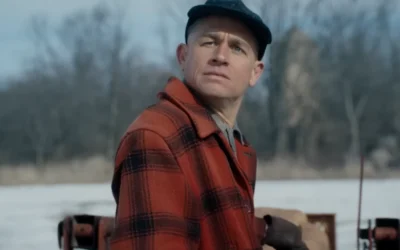Warning: this review contains mild spoilers for HBO’s The Last of Us season 1 and Naughty Dog’s w video game based only on trailers and promotional materials
When PlayStation’s crown jewel studio Naughty Dog first released The Last of Us in June of 2013, storytelling in games was in a very different place. There were great narrative experiences like Bioshock, Red Dead Redemption, and even Naughty Dog’s very own Uncharted series, but games were still limited by aging technology and minimal exposure to general audiences when compared to similar media like books, movies, and television.
Though games continue to be underappreciated and misrepresented by the general public, The Last of Us comes to mind as a modern classic that was hard not to hear about, even if you weren’t in the gaming space. The Last of Us brings together the blockbuster cinematic experience of movies, the nuanced writing of great novels, and the drawn-out character-driven narratives of television—a feat few games ever accomplish, even now. Focusing on themes of love, loss, and parenthood amid an ongoing apocalypse, The Last of Us is a pinnacle achievement in gaming that redefined the power and interactivity of video games, solidifying gaming as a superior medium to tell diverse stories.
Now, with 37 million copies sold and 2020’s sequel, The Last of Us Part II, The Last of Us returns to screens as an HBO TV series based on the events of the first game. From the mind of The Last of Us game co-creator Neil Druckmann and Chernobyl showrunner Craig Mazin, The Last of Us series has all the talent to rid us of the plague of horrendous video game adaptations. Luckily, the show succeeds at every level, providing a new benchmark for video game adaptations. From its masterful performances to its stunning cinematography, The Last of Us is the complete package, furthering HBO’s domination of weekly shows everyone talks about around the water cooler. The Last of Us redefines and heightens what television storytelling can achieve when paired with video games.
The Last of Us takes place in the post-apocalyptic United States, where a parasitic fungal infection has spread worldwide, turning those infected into bloodthirsty monsters. Reminiscent of Cormac McCarthy’s The Road, the show tells the story of Joel (Pedro Pascal), who is tasked with smuggling Ellie (Bella Ramsey), a 14-year-old girl, out of the Boston quarantine zone and away from FEDRA, a government watchdog military group. After a shocking discovery, Joel starts his journey with Ellie across the barren United States. Joel and Ellie look to reach St. Mary’s Hospital in Salt Lake City, the headquarters of a rebel group, the Fireflies, who want to bring humanity back from destruction.
Fans familiar with the game will know most of what goes on in each of the show’s nine episodes (each run from 45 to 81 minutes) as the show closely follows the first game’s story. Though The Last of Us works well in its television adaptation due to its already cinematic-style cutscenes and dialogue, some of the game’s nuanced storytelling is lost, considering the show’s reduced interactivity and runtime of ten hours compared to the game’s roughly 20 hours. It is important to note that the game’s finer story beats, characterization, and world-building are told through collectables and dynamic banter between the characters during gameplay and exploration.
However, Druckmann and Mazin do a formidable job of working around this limitation by giving fans new scenes, story beats, and characters not seen in the game. This new content is useful in fleshing out side characters and adding to the world-building. As The Last of Us is primarily a road-trip type show, these new character-focused additions help avoid ancillary characters from becoming forgettable or mere stops on the road to progress the story—a cliché found in most road trip stories. For instance, the show gives audiences more time with seminal characters from the game like Bill (Nick Offerman), Tess (Anna Torv), and Sam (Keivonn Woodard) and Henry (Lamar Johnson), while adding new characters to the mix like Melanie Lynskey’s unhinged Kathleen (some of the characters from the game have been rewritten completely).
The additions help the show create its own identity—the new scenes in some of the cold opens are easily reminiscent of Mazin’s Chernobyl—while still staying true to the source material. Having Druckmann and Mazin work side-by-side keeps The Last of Us on track with the main themes and storyline of the game while still being able to give fans new content to ponder over (including some excellent Easter eggs and cameos to boot).
One of the main changes in the television adaptation is the introduction of the fungal network that connects the infected to hordes of others. In the game, this concept is represented as airborne spores that cause an onset of the infection (avoided by the characters using gas masks). In an interview with Polygon, Druckmann explains the need for this change, saying, “If we wanted to treat it realistically, and there are spores near, characters would wear gas masks all the time.” Though not having the actors wear masks the whole show makes sense, it was disappointing not seeing dark, musty rooms filled with eerie, infectious spores the game is known for. However, this is a minor critique considering how good the fungal network and infected look in the show. The different types of infected such as clickers (voiced by returning actors from the game, Misty Lee and Phillip Kovats), bloaters, and runners are absolutely terrifying, and it was incredibly satisfying seeing these iconic gaming monsters come to life on television. Due to the show’s excellent practical effects, fungal tendrils, screams of clickers, and vile body mutilation look like they were pulled right from the PlayStation 5 remake.
The horrific visuals contrast perfectly with the nature and cityscapes of Alberta, posing for Boston, Wyoming, and other U.S. states. Seeing Canmore, Fort Macleod, and Edmonton (along with other Alberta cities) bring life to the dreary, depressing world of The Last of Us makes you recognize how beautiful Alberta is, even in an apocalypse. Those familiar with Alberta will easily recognize Calgary’s Northland Village Mall, Waterton Park, and Canmore’s Engine Bridge as backdrops for the setting, providing much-needed solace and safety after each emotionally gut-retching scene. These emotions are heightened by Gustavo Santaolalla’s excellent score, who provided the music for the game originally.
By far, the highlight of The Last of Us is how good Pedro Pascal and Bella Ramsey are as Joel and Ellie. The father-daughter chemistry between Pascal and Ramsey is heart-warming and gives rise to the game’s themes around love, loss, and parenthood. Pascal gives it his all here as he delivers a more nuanced performance beyond what we’ve seen from him in The Mandalorian. Like Troy Baker’s original performance in the game, Pascal’s dark contrast between stoic brutality and fatherly love is perfectly balanced, providing emotional depth and complexity to Joel. Unlike the game, the show gives Joel more emotional baggage this time around, especially considering he is approximately 56, five years older than he is in the game. Since the game version of Joel echoed more traditional forms of masculinity, it was refreshing to see the show hone in on Joel’s emotional vulnerability and insecurities, taking on a more modern representation of masculinity as seen in other macho characters like Tony Soprano or Don Draper.
As good as Pascal is, the true standout is Ramsey as Ellie. Though Ramsey’s performance is more akin to Ashley Johnson’s performance in the game, Ramsey is equally rambunctious, headstrong, and badass as her gaming counterpart. Seeing Ramsey deliver many of Ellie’s iconic lines from the game felt nothing short of perfect. As outspoken and beyond her years as Ellie is, Ramsey is still able to provide adolescent vulnerability and innocence to the character, considering Ellie is a 14-year-old girl growing up during an apocalypse. It was hard not to get teary-eyed seeing Ellie quickly become an adult and have her formative years stripped from her due to the violence and despair around her—something perfectly complemented by Pascal’s fatherly demeanour. The emotional interplay between Pascal and Ramsey is heart-wrenchingly beautiful and will easily sweep the Emmys next year.
Verdict ⭐️⭐️⭐️⭐️⭐️
Echoing the game’s impact 10 years ago, The Last of Us show is a masterclass of television that redefines the landscape not only for video game adaptations but also for television in general. From its nuanced storytelling to its deep and complex characters, The Last of Us is the complete package and is a must-watch for any fan or non-fan alike.





0 Comments